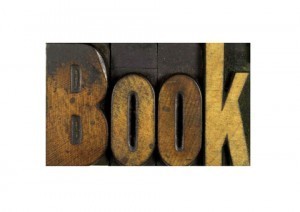Formatting and Printing
For freely offered writing Resources go to RuthFordElward.com
FORMATTING AND PRINTING
Formatting
There are many platforms for formatting a book, check the distributor’s site you’ve chosen for their specific requirements before attempting. The easiest program to format from is WORD, but you will need to keep in mind that fancy headers and fonts will not transfer, so don’t bother using them.
If you’re going to include pictures, make sure that they are copyright free, or free use (pixabay.com has a wide range of such pictures) or you have purchased them with the appropriate license. When it comes time to insert them, make sure to use the ‘insert picture’ and ‘paste’ feature instead of a copy/paste as this messes with the formatting. You will also need to know how to create a ‘searchable’ Table of Contents.
For the first timer, I suggest companies like Elance, Odesk or Fiverr. For a small fee, they have people who specialize in formatting for Amazon, Smashwords Create Space and others. Formatting for various devices can be daunting and something you might want to tackle slowly.
Self-Publishing (in print publishing)
Most companies that offer print service will require a few things from you.
First, they will require you to purchase a set number of books from them (as many as 500-1000).
Companies offering a print service will require that you present the manuscript in WORD format, then often saved as a PDF. Many of them just ask for the WORD document, and then do the conversions themselves.
There are also companies that will print on demand, printing only one or two books as needed, but more often than not, the price per book is greater than what you would normally pay for such a book.
Secondly, if you print on demand, bookstores will not ask you to come for a book signing or event as there is no way for them to order in bulk at a discount.
With that aside…
Your font size should be clear and consistent throughout the entire document. You may be tempted to use decorative fonts for your intro, and they may really look great in the beginning. However, it may not be the best choice for the entire book because they may be more difficult to read compared to the standard, traditional fonts.
A lot of companies prefer the Serif Typeface because they are easier to read compared to the Sans-Serif font. The ideal Serif typefaces to use include Caslon, Century Schoolbook, and Baskerville. These fonts are available in Microsoft Word.
On the other hand, if you are publishing an eBook which would be viewed online, experts suggest Sans Serif fonts such as Optima, Verdana, and Arial because they are better rendered on the computer screen.
Always start your chapter with a new page. This can be achieved by adding a page break right after the final sentence in the previous chapter.
Don’t make a mistake by focusing on the design features of the front cover and poorly formatting your contents.
Keep in mind that the appearance of the book cover and the contents are important to an overall experience for the reader. The format of a book’s content has as much impact as the book cover design and requires the same level of careful consideration.
Ruth Ford Elward's Blog
- Ruth Ford Elward's profile
- 9 followers




